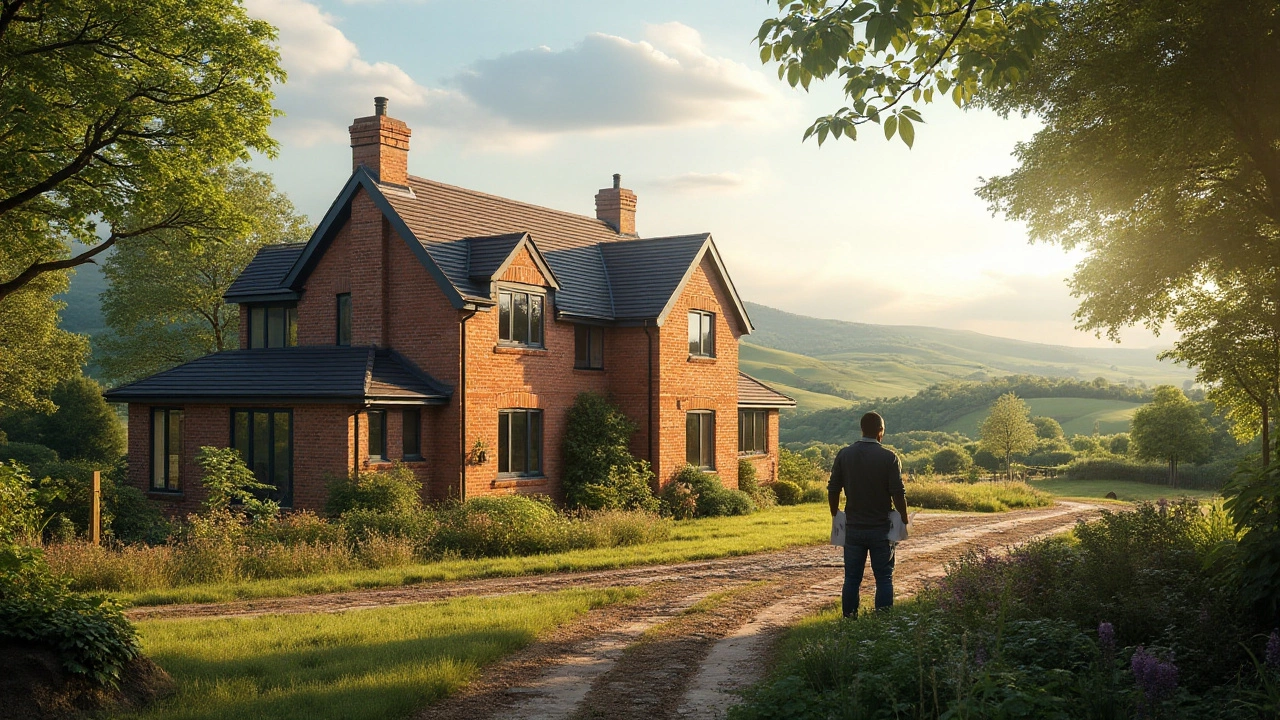Building Settlement: What It Is and How to Deal With It
Ever walked around your house and noticed cracks in the walls or an uneven floor? Chances are you’re dealing with building settlement. It’s the slow shift of a structure as the ground beneath it moves, shrinks, or swells. The good news? Most settlement issues are predictable and can be managed before they become expensive repairs.
Common Causes of Building Settlement
First, understand what makes a building settle. The most frequent culprits are:
- Soil compression: When the soil under a foundation squeezes over time, it can pull the slab down.
- Moisture changes: Wet soil expands, dry soil contracts. A sudden drought or heavy rain can shift the ground.
- Poor compaction: If the soil wasn’t compacted well during construction, it will settle unevenly.
- Tree roots: Large trees draw moisture from the soil, creating tiny voids that affect support.
- Old construction methods: Older homes, especially those built before modern codes, often lack proper footing depth.
Notice any of these around your property? That’s a clue you might be looking at settlement rather than random damage.
Practical Steps to Address Settlement
Don’t panic—there are clear actions you can take.
1. Inspect regularly. Walk your property each season. Look for new cracks, doors that stick, or windows that won’t close properly. Document changes with photos so you can spot trends.
2. Manage moisture. Keep gutters clean and direct water away from the foundation. If you have a leaky pipe under the slab, fix it fast; water can accelerate soil movement.
3. Control landscaping. Avoid planting large trees too close to the house. Their roots can pull water out of the soil, causing uneven drying.
4. Use a professional inspection. A qualified foundation specialist can perform a level check and recommend solutions like piering, slabjacking, or adding carbon fiber straps.
5. Consider underpinning. For severe settlement, underpinning reinforces the foundation by extending support deeper into stable soil.
Most homeowners will only need minor fixes—like sealing cracks and improving drainage—but catching the problem early saves you from costly structural work later.
Remember, settlement is a natural process. It doesn’t mean your home is doomed; it just signals that the ground is adjusting. By staying observant and tackling moisture issues, you can keep your building stable and avoid the nightmare of major foundation repair.

Understanding Building Settlement: How Long It Takes and Why
Jan 25, 2025, Posted by Damon Blackwood
This article explores how long it takes for a new building to settle, examining the factors that influence settlement time and what homeowners can expect. It covers the natural process of settling, the impact of soil types, and offers practical tips for monitoring and managing settlement in new constructions. For those planning to build or buy, understanding building settlement is key to ensuring long-term structural integrity and peace of mind.
MORESEARCH HERE
Categories
TAGS
- foundation repair
- commercial construction
- construction
- new builds
- home improvement
- home renovation
- bathroom renovation
- construction materials
- home foundation
- renovation tips
- residential construction
- building types
- contractor
- foundation cracks
- home construction
- architectural services
- building codes
- construction differences
- home inspection
- kitchen installation